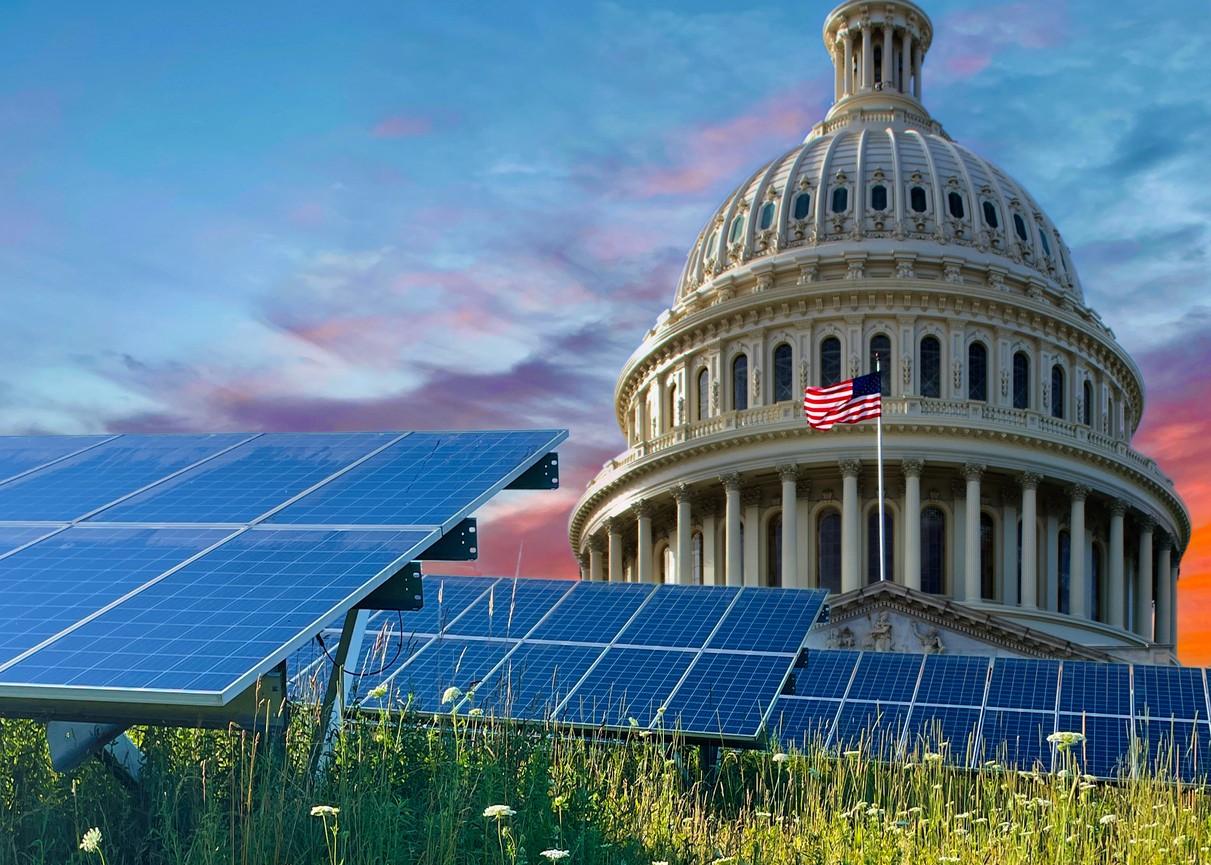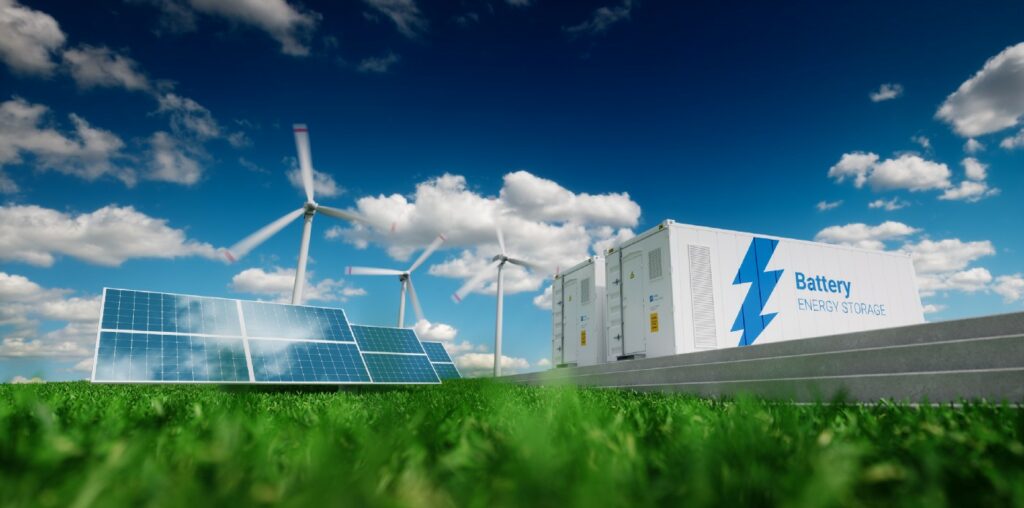On July 4th, 2025, while fireworks lit the sky, President Trump signed a bill that dimmed the future.
The so-called One Big Beautiful Bill (OBB) is anything but. This sweeping rollback of clean energy policy guts the very tools we need to power America’s next chapter, just as demand from AI and data centers reaches historic highs.
At Soluna, we believe in calling things what they are. And this bill isn’t beautiful. It’s a strategic failure. One that weakens our energy security, slows innovation, and cedes ground in the global AI race.
A Bill That Undermines U.S. Competitiveness
The legislation strips away key clean energy tax credits and imposes new penalties on solar and wind projects, just as the U.S. enters a critical chapter in its energy and digital future. Instead of accelerating our response to skyrocketing demand from AI and data centers, it throws sand in the gears of the only energy sources capable of scaling fast enough to meet the moment.
Jason Bordoff of Columbia University put it plainly: “We need all the tools in the toolkit to meet rapidly rising electricity demand… and this bill makes that harder.”
He’s right. AI isn’t just revolutionizing industries, it’s rewriting the rules of infrastructure, energy, and national competitiveness. Every large language model, autonomous system, or advanced simulation depends on massive computing power.
That power has to come from somewhere.
But it can’t come from sources that take 10 years to build or rely on aging and environmentally damaging fossil supply chains. It must come from renewable projects that are already shovel-ready, cost-effective, and scalable.
The Clean Energy Sector Was Doing Its Job — Fast
Before this bill, clean energy was delivering. Wind, solar, and battery storage made up 95% of new projects in the interconnection queue. Consumer EV credits were accelerating adoption. Clean hydrogen projects were beginning to unlock hard-to-decarbonize sectors.
Most importantly, the industry was creating jobs and reducing costs across the energy spectrum, helping stabilize prices even as global demand surged.
Now, those gains are at risk. According to Energy Innovation, the Senate version of the bill could drive wholesale power prices up 61% by 2035, while eliminating hundreds of thousands of jobs tied to clean energy deployment.
This Isn’t Just a Climate Issue. It’s a Computing Crisis.
And Soluna is built to overcome it.
AI is redefining industries, but its future hinges on power — clean, reliable, and scalable power. While others scramble to adapt to a shifting energy landscape, Soluna is already there.
We’re engineered for this moment.
- We don’t rely on congested grids — we build next to stranded renewables.
- We don’t wait years to deploy — we move fast with modular, flexible infrastructure.
- We don’t chase incentives — we unlock value where others see waste.
Even as the One Big Beautiful Bill strips away clean energy support, our model remains intact and increasingly essential. We’re already delivering low-cost, renewable computing at scale. Our recent expansions and pipeline growth show that not only can we navigate policy uncertainty, but we can outperform despite it.
We’re Not Waiting for Permission
At Soluna, we’ve never built for the status quo.
We’re building for what comes next: modular, efficient data centers powered by clean energy that others ignore or waste. We’re scaling with intention, deploying where it matters most, and partnering with those who see computing and climate not as competing forces, but as interconnected systems shaping the future.
Washington may have taken a step backward, but the momentum behind renewable computing is larger than any single policy. The demand is rising. The grid is straining. And the future will require more power, not less.
The question isn’t whether we need renewable energy to power AI. It’s how fast we can build it.
And we’re not slowing down.



